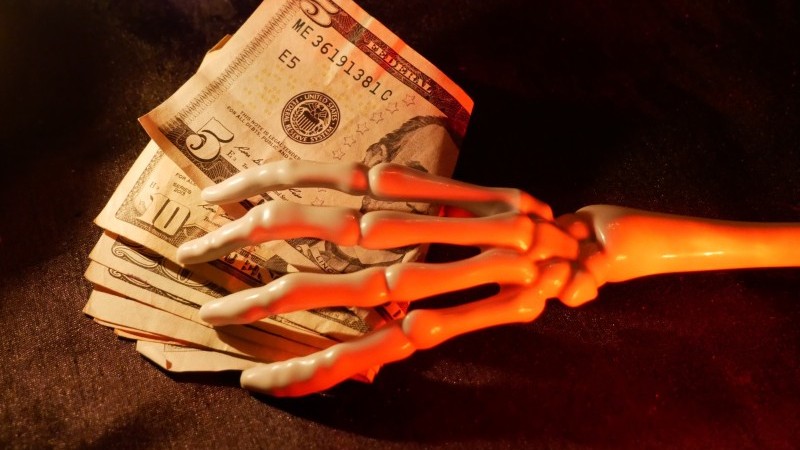Let me share one of my highest conviction views: I hate Halloween.
Yep, I’m that guy who turns off all the lights in the house to make it look like I’m out. Naturally, I still buy the treats, so I can eat them… I mean, just in case anyone does come knocking. And if they do, I’ll just tell them I’m too busy watching Christine Lagarde’s post-meeting press séance…
It’s a bit of a lame excuse – even for a dull economist like me – because as Carsten says in his preview of Thursday’s gathering, it’s hardly looking like a thriller. The French fiscal horror show isn’t spooking markets as much as it was. Dutch elections shouldn’t change the story. And there’s a lack of ‘new news’ to lead the ECB away from its ‘good place’. Rate cuts are off the menu, although they’re not exactly dead and buried.
A stronger euro (our team expects EUR/USD to nudge 1.20 into year-end) or disappointments and delays with German fiscal stimulus could ultimately push the ECB towards another rate cut. France and the walking debt may well come back to haunt it, too. It’s not our base case, though markets are still leaning in the direction of further easing; pricing suggests another 25 basis-point cut is a 50:50 call by next summer.
If we’re all wrong, then maybe it’s because the economy is stronger than we think. Recent ‘hard’ data hasn’t been great, particularly in the ailing manufacturing sector. But recent news has been better. The eurozone services PMI is the highest in nearly a year. It showed job creation is catching pace, too.
Trick or treat, this growth puzzle looks very familiar to what’s happening across the pond. The latest Atlanta Fed estimates US third quarter GDP at 3.9% in annualised terms. It’s hard to reconcile that apparent strength with the fragility in the jobs market, a dichotomy which Fed Governor and possible Powell successor Chris Waller emphasised in a recent speech.
That mystery won’t stop the Fed from cutting rates next week. Nor, it seems, will the near-complete absence of any economic data amidst America’s never-ending government shutdown.
But this surprising growth resilience – if it continues – raises the question of whether the Fed needs to cut rates at all. Does it suggest that rates are actually not as restrictive as we all think they are right now – or to put it in posh economics terms, that the neutral rate is higher?
Financial conditions are certainly healthy. Stock markets are reasonably buoyant in the absence of any more skeletons emerging from the closet of private credit over the past week.
Or does it simply reflect AI? More than a few people have suggested that without AI-related spending, the US economy would be in recession. GDP data reveals that quarterly, real-terms investment in IT equipment rose by 34% over the first half of the year. That may be true, but this whole narrative conveniently glosses over the fact that most of this stuff is imported – accelerated by the race to dodge tariffs earlier this year.
Whatever the explanation, remember that the Fed itself doesn’t see much need to keep cutting rates much further. September’s ‘dot plot’ only pencilled in two further moves after October.
Markets disagree, and so does our own James Knightley. Inflation is proving more benign. But the real reason he expects at least one more cut than the Fed does is the weaker jobs market.
What little data we have had this month hasn’t been great. ADP’s gauge of private-sector employment fell. Again. And most consumers think unemployment is set to rise. In his own words, James K worries that the current ‘low hire, low fire’ jobs market could evolve into ‘no hire, let’s fire’.
There are other issues, too. Yes, financial conditions are loose, yet prices in the haunted house market have fallen for five straight months. Data next week will show whether it’s a sixth. That’s before we talk tariff turbulence, which I did in more detail last week. Or the government shutdown, which, the longer it wears on, risks denting sentiment and causing a more permanent hit to economic activity.
So as we tiptoe towards year-end, the question lingers: is this growth revival a genuine resurrection or just another ghost story? Either way, best keep those lights on. Terrifying tariffs? Credit corpses? The next scare might just be lurking in the shadows…
James Smith
